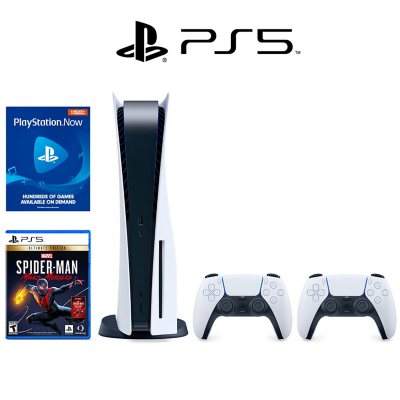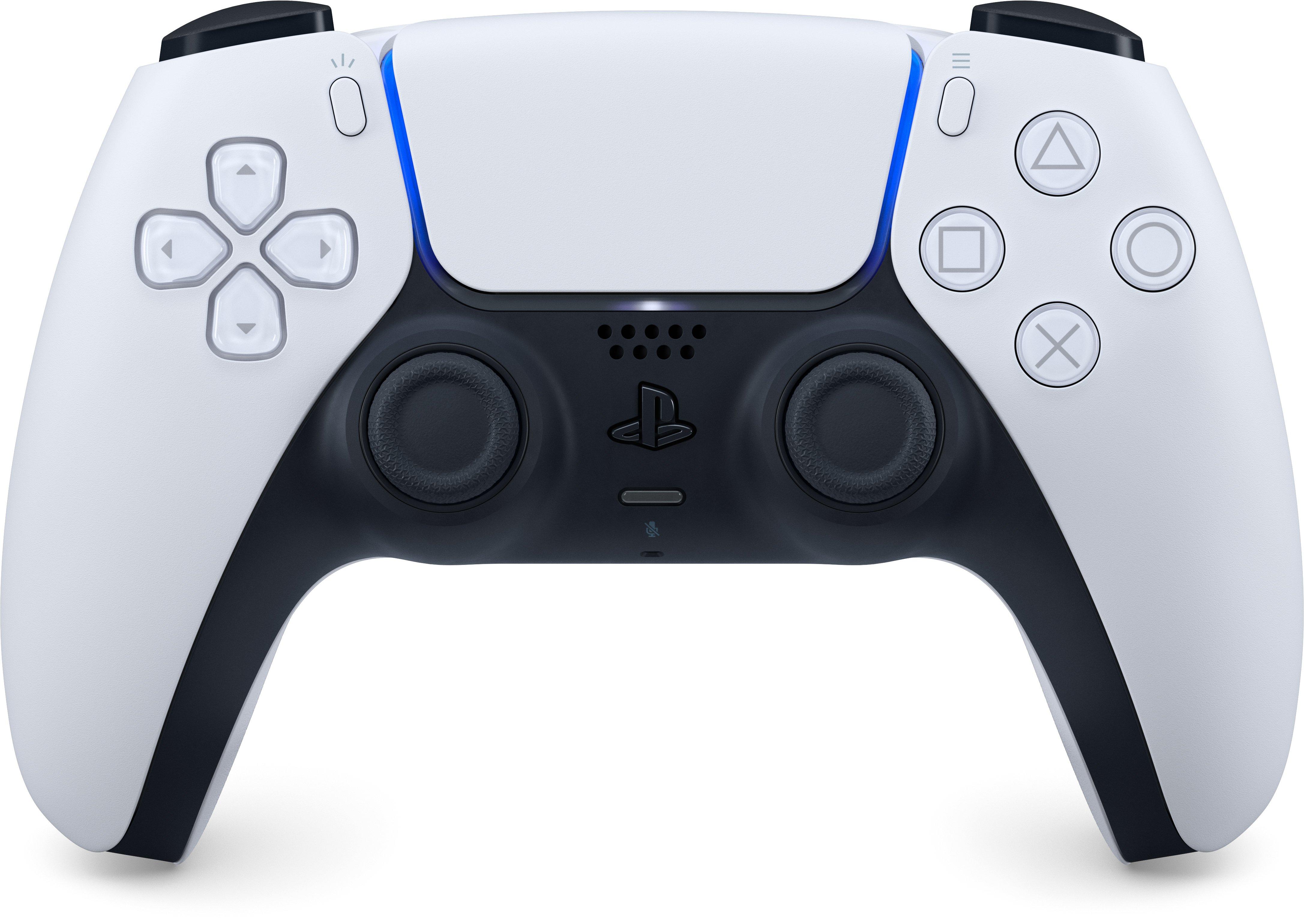Nintendo Switch Animal Crossing: New Horizon Limited Edition Console
Designed to go wherever you do, transforming from home console to portable system in a snap. Dock your Nintendo Switch and play in HD or take your game with you in handheld mode. Features a 6.2″ multi-touch capacitive touch screen; can display a resolution of 1280 x 720.
Nintendo Switch Animal Crossing: New Horizon Limited Edition Console
The Nintendo Switch Animal Crossing New Horizons Edition system takes design inspiration from the new Animal Crossing: New Horizons game, with lovely pastel green and blue Joy-Con controllers and a white Nintendo Switch Dock, adorned with images of recognizable characters Tom Nook and Nooklings Timmy and Tommy. Console only. Game is sold separately. Level up your gaming gear with the GameFitz 14 in 1 Accessories Kit for Nintendo Switch! This accessories pack is designed to protect and allow you to use your game controllers and console comfortably.
What You Get
- Nintendo Switch
- Accessories kit






Reviews
There are no reviews yet.